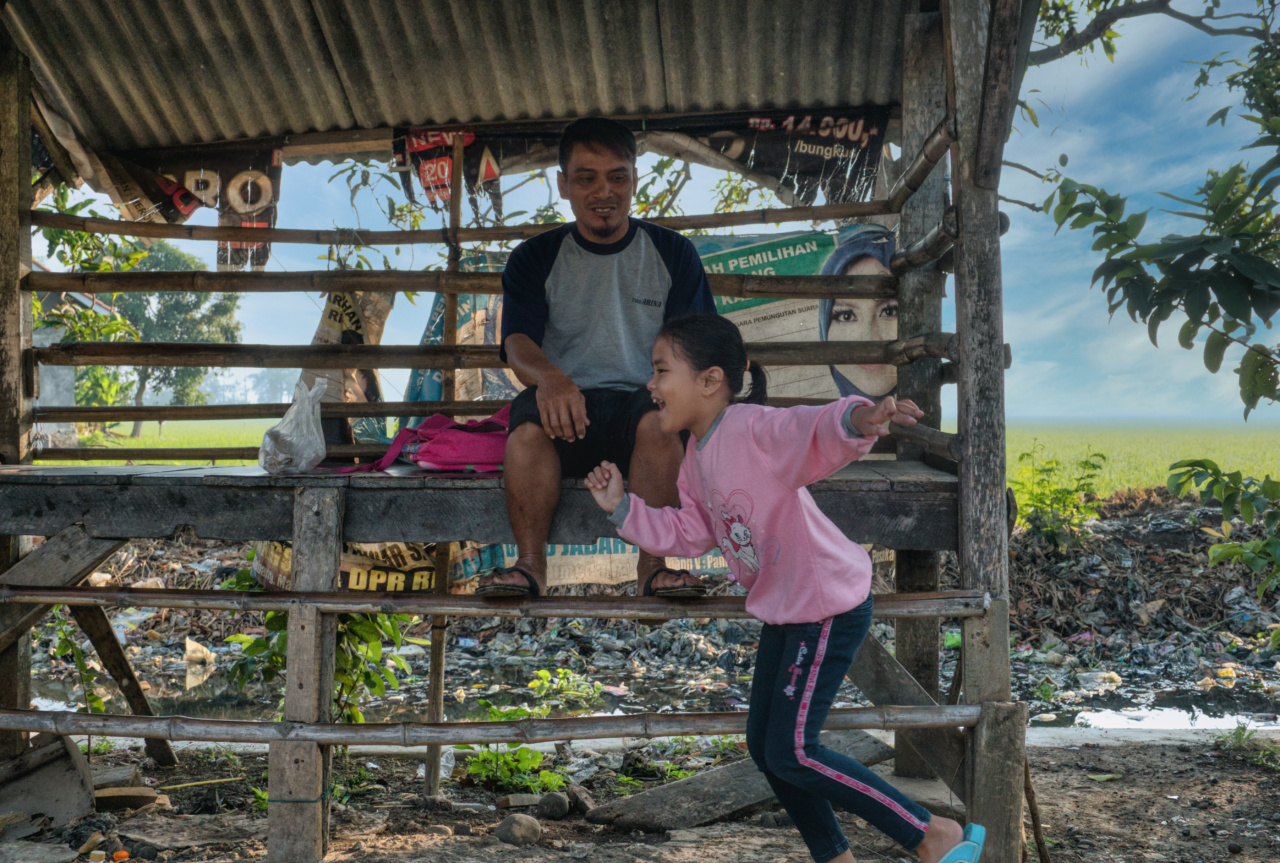Childhood obesity is a significant health concern worldwide. The rate of childhood obesity has been growing rapidly, and it is now recognized as a complex problem, involving both environmental and behavioral factors.
One of the most significant contributors to childhood obesity is poverty.
What is Childhood Obesity?
Childhood obesity is a condition where a child’s body weight is well above the average for their age and height. It is determined by calculating body mass index (BMI).
Obesity is a complex health issue that is caused by a range of factors, including genetic, behavioral, and environmental factors.
Causes of Childhood Obesity
The primary cause of childhood obesity is an imbalance between energy intake and energy expenditure. Energy intake comes from consuming foods and drinks, while energy expenditure is determined by physical activity and metabolism.
Several factors contribute to this imbalance:.
- Genetics: A family history of obesity can increase a child’s risk of becoming obese.
- Diet: A diet high in sugar, fat, and calories can contribute to obesity.
- Physical Activity: A sedentary lifestyle with little physical activity can lead to obesity.
- Environmental Factors: A child’s environment can play a significant role in their risk of becoming obese. Factors like easy access to unhealthy foods, a lack of safe outdoor play spaces, and insufficient access to fresh fruits and vegetables can contribute to obesity.
- Socioeconomic Status: Poverty is a significant contributor to childhood obesity.
Poverty and Childhood Obesity
The relationship between poverty and childhood obesity is complex. Poverty can increase the risk of obesity by limiting access to healthy food options, safe spaces for physical activity, and healthcare.
It can also lead to stress, which can contribute to obesity.
In many low-income communities, there are often few healthy food options available. This can lead to families relying on fast food and processed snacks that are high in sugar, fat, and calories.
The cost of fresh fruits and vegetables can also be prohibitively high, making unhealthy foods a more affordable option for low-income families.
Another contributor to childhood obesity in low-income areas is a lack of safe outdoor play spaces. Many low-income communities lack parks and outdoor recreation areas, making it difficult for children to engage in physical activity.
Additionally, parents may not feel safe sending their children outside to play, making it harder for children to get the exercise they need.
Poverty can also impact a child’s access to healthcare. Without regular checkups, parents may not be aware of their child’s weight gain and may not address it with lifestyle changes. Additionally, stress can contribute to obesity.
Financial strain, food insecurity, and other stressors associated with poverty can lead to unhealthy coping mechanisms, such as overeating.
The Impact of Childhood Obesity
Childhood obesity has significant adverse health impacts, both in the short and long term. Obese children are at an increased risk of developing a range of health problems, including:.
- Type 2 diabetes
- High blood pressure
- Asthma
- Heart disease
- Joint problems
- Sleep apnea
Childhood obesity can also impact a child’s mental health. Children who are overweight or obese may be more likely to struggle with depression, anxiety, and low self-esteem.
Additionally, obesity can impact a child’s academic performance, making it harder for them to succeed in school.
Preventing Childhood Obesity in Low-Income Communities
Preventing childhood obesity in low-income communities requires addressing the underlying factors that contribute to obesity. This includes:.
- Increasing access to healthy food options
- Creating safe, accessible outdoor play spaces
- Providing affordable healthcare
- Increasing awareness of healthy lifestyle habits
Initiatives such as farmers markets and community gardens can help to increase access to fresh fruits and vegetables. Local governments can also invest in creating safe outdoor play spaces, such as parks and recreation areas.
Community-based programs can also help to increase awareness of healthy lifestyle habits. For example, schools can implement nutrition education programs to teach children about healthy eating habits.
Additionally, programs that encourage physical activity can help children stay healthy and maintain a healthy weight.
Conclusion
Childhood obesity is a complex health issue that requires a multifaceted approach to address. Poverty is a significant contributor to childhood obesity, and addressing poverty is crucial for preventing and reducing childhood obesity rates.
By increasing access to healthy food options, safe outdoor play spaces, healthcare, and education, we can work to ensure that all children have the opportunity to live a healthy, happy life.






























